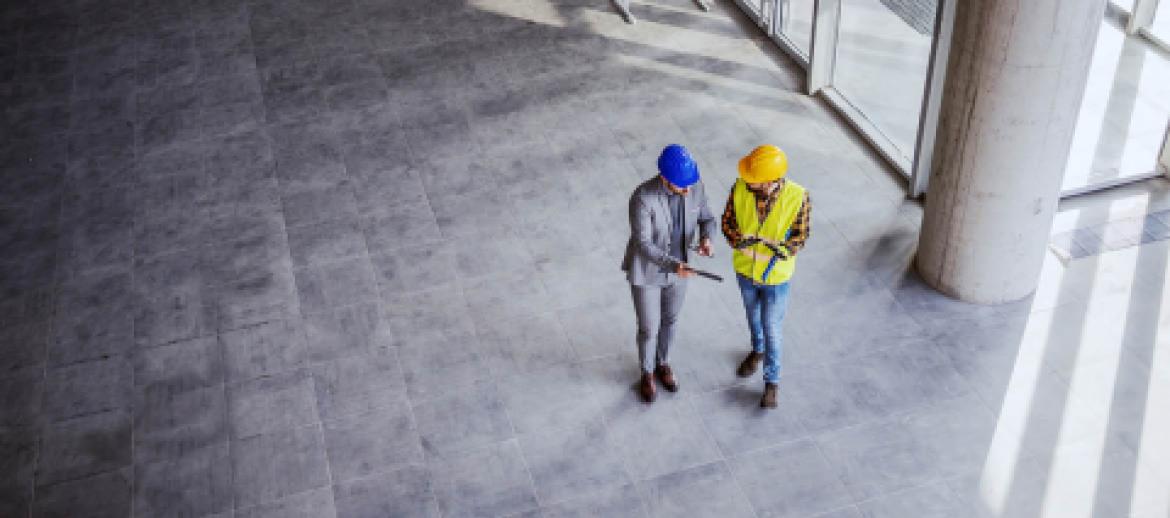Case Study: Section 110
The principle activity of the company was property investment; holding approx. 170 residential, commercial and agricultural properties, mostly located in the North of England, but with additional overseas properties.
The company was originally inherited by five siblings and from the outset these individuals were clear that they wanted the flexibility to manage part of the company independently of one another so as to best meet the requirements of themselves and their respective families.
In order for this to be enabled the company was initially reorganised on a divisional basis with the investment properties and net assets allocated to each of five divisions and the valuations equalised by inter-divisional cash transfers. The company’s share capital was sub-divided into five classes with each division’s assets and liabilities allocated to a different class of shares.
For the following 10 years, the five divisions operated with autonomy, including:
- Each division maintaining its own bank account
- Separate records maintained for the rental income, property maintenance and running costs
- Each division making its own decisions on salaries and dividends
- Each division making its own decisions on property acquisitions and disposals and being responsible for securing any borrowing on its divisional assets only
Accounts were prepared on a divisional basis and submitted to the respective divisional shareholder for approval. Once each divisions accounts had been approved these were consolidated to prepare a single set of statutory financial statements.
Whilst this structure had historically operated successfully the five shareholders wished to reconstruct from divisions into five separate companies for the following reasons:
- Some divisions had engaged in larger scale acquisition or improvement projects than others, which required bank finance. It had become increasingly difficult to organise finance and security limited to that divisions assets, with banks increasingly seeking to put in place wide-ranging charges over all the assets of the company
- Some of the divisions have reached the stage where the next generation of the family were wishing to play an active part in the management of the division
- Whilst it had not been a historic issue any legal action would be brought against the company as a single entity, thereby potentially having an adverse impact on the operation of the other divisions
- The decisions that one division makes about salary and dividends impacted upon the marginal corporation tax rate of the other divisions, similar considerations applied to capital allowances, gift aid payments and disallowable expenses
In order to achieve the desired outcome for the shareholders we carried out a section 110 reconstruction via a Members Voluntary Liquidation process.
Five new limited companies were incorporated, the existing company was placed into liquidation and pursuant to section 110 of the Insolvency Act the Liquidator transferred the respective divisions into the five new companies in consideration for new shares being issued by these new companies to the five respective shareholders.
Prior to the reconstruction clearance was obtained from HM Revenue & Customs that the transaction was for bona fide commercial reasons and that obtaining a tax advantage was not the main objective. As a result the reconstruction was tax neutral and any tax liabilities that may have arisen on a disposal of assets were avoided.
Following the reconstruction each of the five shareholders now hold shares in their own independent company, which in turn owns the divisional assets that the shareholder operated in the old company.
This has resulted in achieving the shareholders’ main objective of them being able to manage and develop their own businesses in the future.

